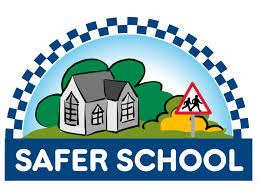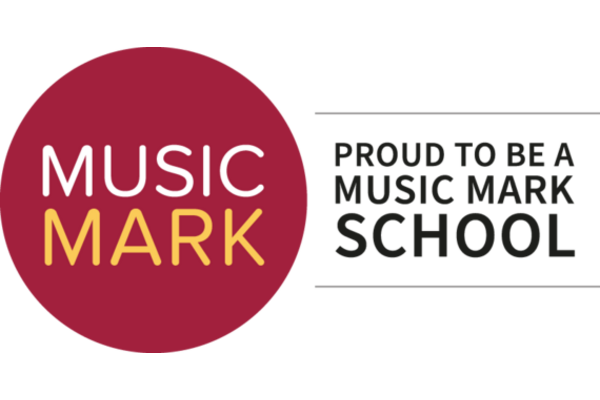Class 5 and 6 have settled back into school quickly and have worked really hard this week, both during their separate lessons for Maths and English in the mornings as well as joint lessons in the afternoons for other subjects.
Year 6 English
This week we have started our new class novel, Journey to the River Sea, which children seem to be enjoying. We have focused on the main character Maia and used evidence from Chapter 1 to help write character descriptions/fact files to show what we know about her so far. Next week we will be creating journals, in role as Maia, describing her voyage to Manaus in Brazil.
Year 6 Maths
Our work on place value this week has focused on numbers up to ten million. We have looked at comparing and ordering numbers and next week we will look at rounding and negative numbers before starting a new unit on the four operations.
Science
In science we worked in groups to share what we already know about the characteristics, properties and uses of different materials. At the end of the lesson each group was given just ten minutes to plan how to persuade the rest of class in only 60 seconds why their material was better than all the other materials. We were really pleased that every single child in the class was able to take part verbally in the presentation which was quite a daunting task for some children with such little warning! Well done everyone.
Homework
The homework task this week is following on from our science lesson on Tuesday. We would like children to research plastic as there were quite a few misconceptions about how plastic is made and what resources are needed. This piece of homework needs to be given in by Tuesday please and all children have been given instructions in their homework books. They will be sharing their work with other children in their group.
Geography
We were absolutely amazed at children’s summer holiday homework on rivers and mountains and they seemed to enjoy sharing their research this week. Their work looks wonderful on the displays outside Class 6 (the old Class 5) so please feel free to come in and have a look.
Spellings
07.09.18
We hope you all have a lovely weekend.
Mrs Johnson, Mrs Foster and Mr Sudlow





